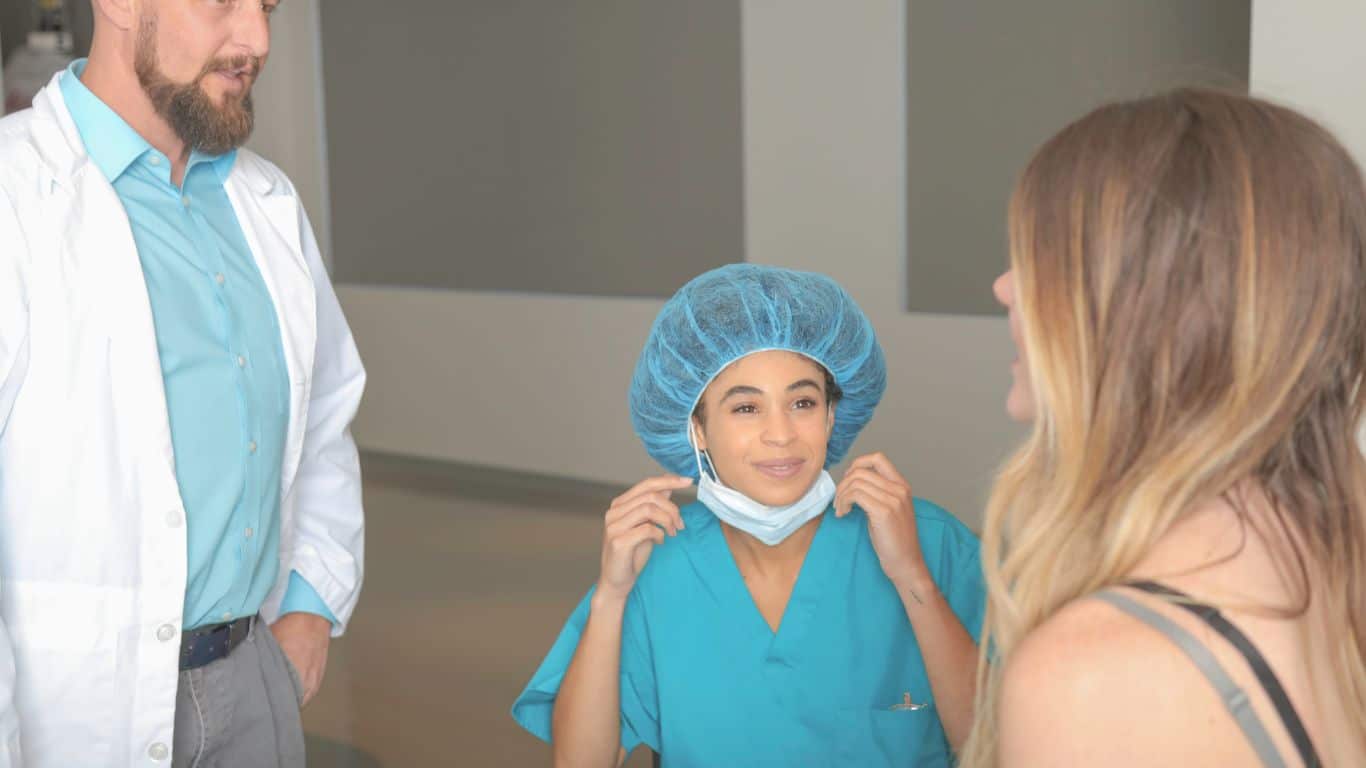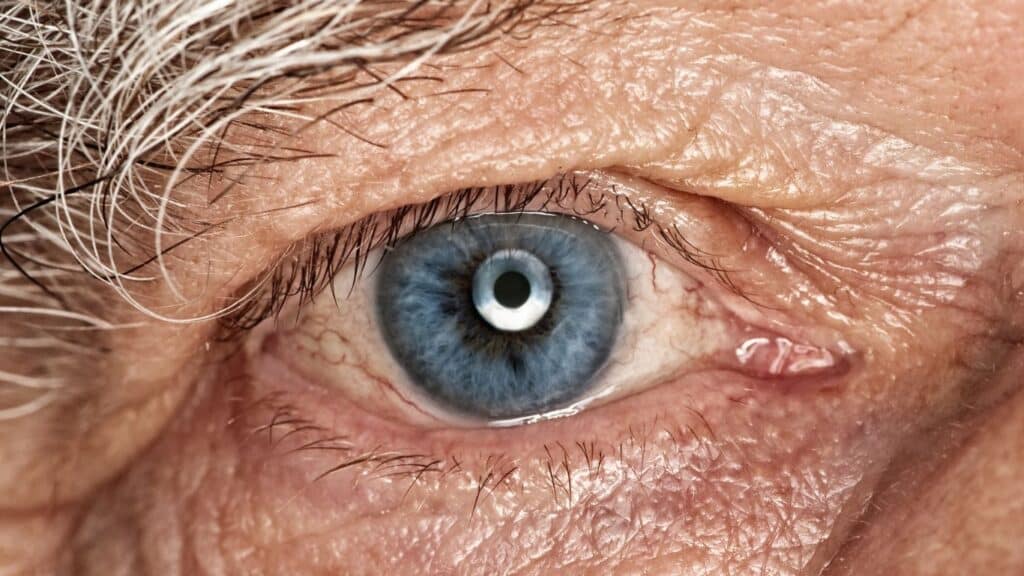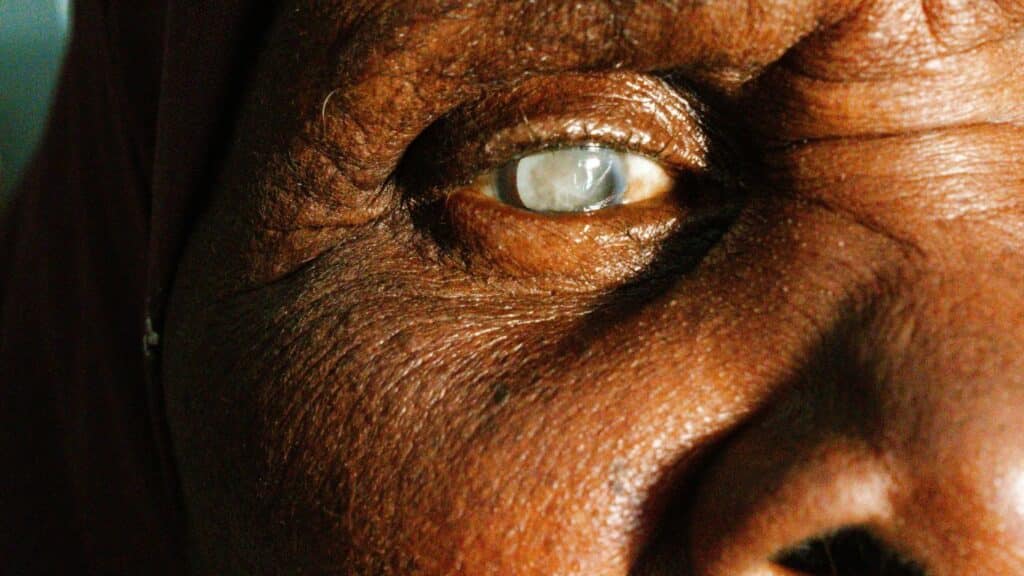LASIK, or laser-assisted in situ keratomileusis, has become one of the most popular and effective solutions for correcting vision. Millions around the world have embraced LASIK to reduce their dependence on glasses or contact lenses, gaining newfound freedom and clarity in the process.
But here’s a question many people ask, whether they’re considering LASIK or have already had the procedure: how long does lasik eye surgery last?
In this article, we’ll tackle the question of the longevity of LASIK results and explore the factors that may impact your vision over time.
LASIK improves vision by using advanced laser technology to reshape the cornea precisely, the clear, dome-shaped surface at the front of the eye.
LASIK surgery involves creating a thin flap on the cornea, which is gently lifted to access the underlying tissue.
Next, a specialized laser removes microscopic amounts of tissue to reshape the corneal curvature. This ensures light rays focus properly on the retina.
This process results in sharper vision without the need for glasses or contact lenses. In fact, approximately 90% of patients even achieve 20/20 vision or better, completely transforming the way they see the world.
LASIK effectively treats three main refractive errors:
At Texas Vision & Laser Center, our highly skilled LASIK surgeons can help you achieve clear vision and reduce your dependence on glasses or contact lenses. Our advanced technology and personalized treatment plans ensure the best possible results for each patient.
Several factors can contribute to the overall longevity of LASIK results. These include:
From the moment you undergo LASIK surgery, your vision starts to improve and stabilize, giving you a whole new perspective on the world.
But over time, your results might shift slightly. Here’s what you need to know:

The first few days after LASIK surgery offer an exciting glimpse into your improved vision.
Many patients report a dramatic clarity in their vision within 24 to 48 hours, while others may notice a steady improvement as their eyes heal.
It’s common to experience some temporary side effects during this period, such as dryness, mild discomfort, or halos around lights. Naturally, these symptoms subside within weeks as the eyes adjust.
Proper post-operative care, such as using prescribed eye drops and avoiding strenuous activities, is crucial during this phase to ensure optimal healing.
Most patients enjoy stable and predictable vision between one and five years after LASIK surgery.
By this time, the corneal tissue has fully healed and adjusted, allowing the results to settle consistently. A 2026 study shows that there was minimal regression of LASIK results for myopic patients after 5 years.
This stability contributes to the ongoing popularity of LASIK as a long-term corrective solution.
A decade or two after LASIK, many patients still enjoy the benefits of their treatment, though natural aging processes start to play a larger role.
A 2014 study revealed that 76.3% of patients had vision close to perfect (within ±1.00 diopters of the target prescription), and 95.7% were within a slightly broader range (±2.00 diopters) even 10 years after having LASIK surgery. This means that the majority of patients maintained their visual acuity for at least a decade after their procedure.
Moreover, many LASIK patients experience minimal changes in their prescription over time, with most needing only minor tweaks to maintain their
LASIK enhancements, also called touch-ups, are sometimes needed to improve vision after the initial procedure.
While LASIK is designed to provide long-lasting results, some people may notice vision changes over time due to aging or prescription shifts. For example, presbyopia, a condition that affects near vision as we age, might require an additional procedure to keep vision clear.
Enhancements may also be helpful if the first surgery left slight undercorrections or overcorrections, though this is uncommon with modern LASIK.
Not everyone is a good candidate for a LASIK enhancement.
You’ll need a stable prescription for at least a year, and your corneas must be healthy and thick enough for further reshaping. People with thinner corneas or conditions like severe dry eye or eye diseases might not qualify.
If you’ve noticed changes in your vision since your first LASIK but meet the general LASIK requirements, an enhancement could be a good option. A consultation with our team of eye professionals at TVLC can help you determine if an enhancement is right for you.
There are several benefits to getting a LASIK enhancement, including:
Despite these benefits, it is important to be aware of the potential risks associated with LASIK enhancement surgery. Some of these risks include:
It is important to note that these risks are relatively rare and can usually be managed with proper care and follow-up appointments with your eye doctor. However, it is still important to be aware of them and discuss any concerns you may have with your doctor before undergoing the procedure.
LASIK eye surgery can be a life-changing procedure, offering improved vision and freedom from glasses or corrective lenses for many people. Long-lasting results are possible with the right candidate and proper follow-up care.
If you're considering LASIK, don't hesitate to consult with an experienced eye specialist to address your concerns and determine if you're a good candidate. Schedule a consultation today with us and take the first step toward clearer vision.



